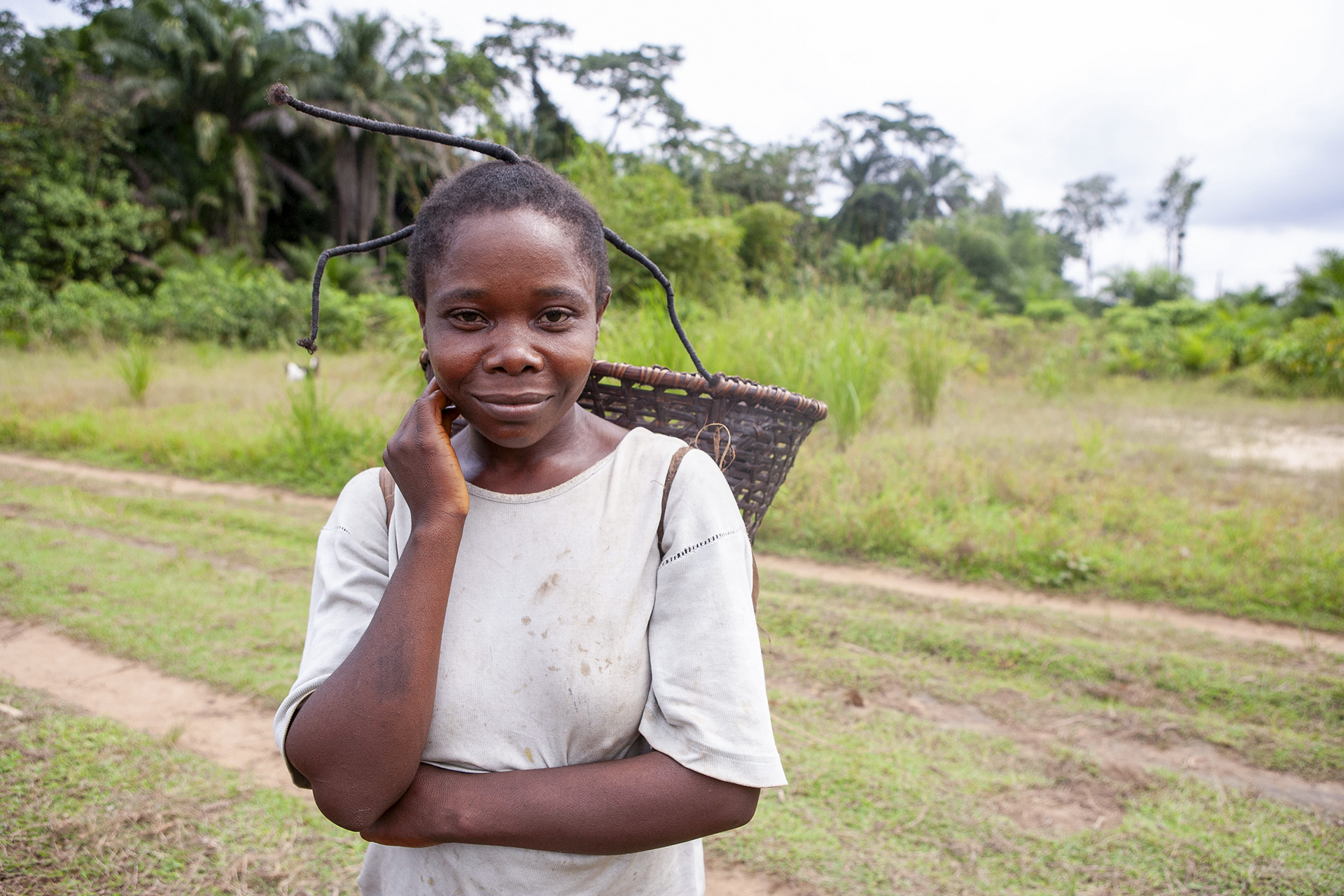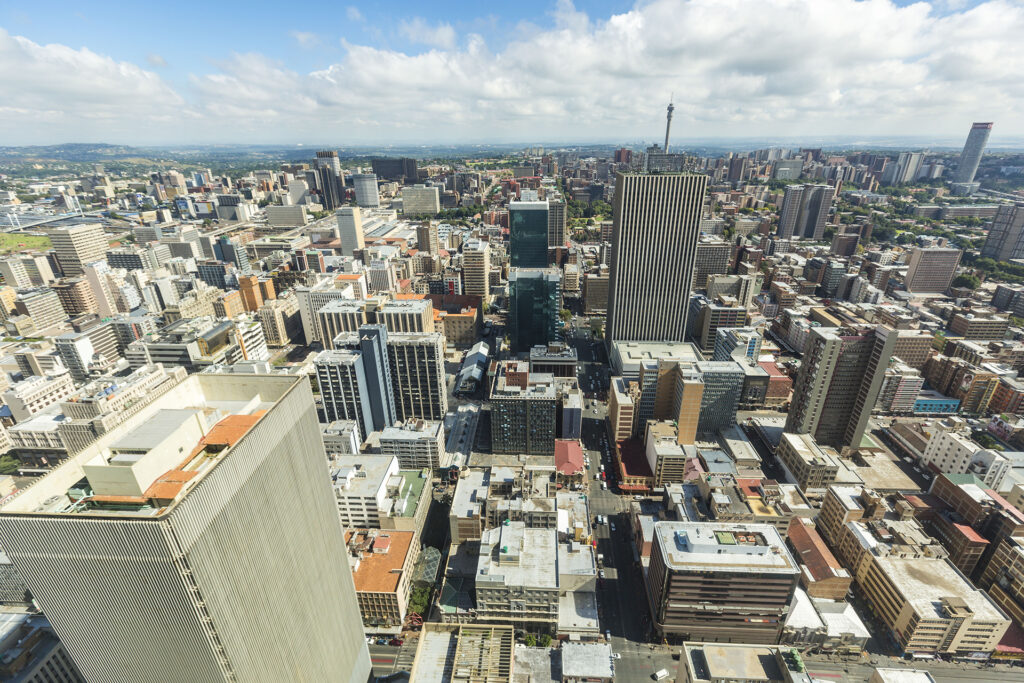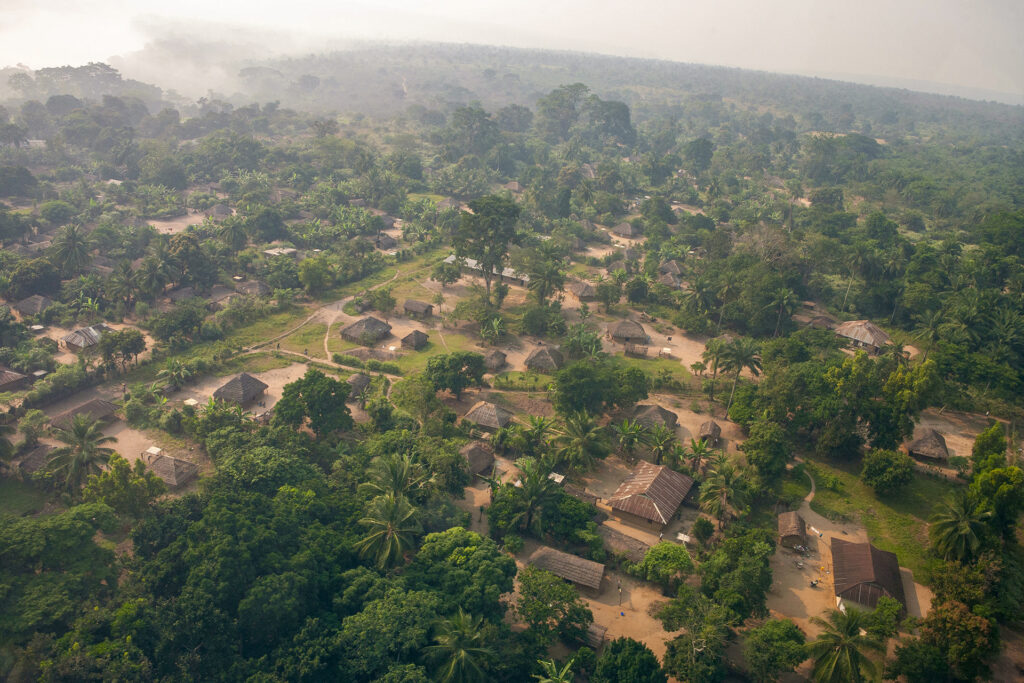Sociologist, historian, and demographer, Jack A. Goldstone says in Truth and Consequences, “No general statement about African demography is true. The variation in the continent is too great.” As we look forward to the year 2050 and how we as the Sub-Saharan African Affinity will approach the days ahead, we are confronted with complex challenges. Something that is complex is hard to control and predict. There are many unknowns.
Sub-Saharan Africa defies explanation. We often like to put things in neat little packages. We like to be able to get our hands around the things that we work on, but, in reality, serving in Sub-Saharan Africa is a God-sized task that is difficult to define. On this enormous plot of ground that we have been asked to till, plant, water, and harvest, there is both great diversity and great interconnectedness.

From the dark-skinned Maasai of Kenya who are over 6 feet tall to the Mbuti of Eastern DRC who are around 4.5 feet, to several million people of Indian descent, millions of white European descendants, and millions of people of mixed races, Sub-Saharan Africa’s people are not easily defined. New people groups are born every day as cultures combine in some of the fastest growing urban centers in the world.
From megacities of over 15.4 million to tiny rural villages with less than 100; from eight countries with less than 20% of the population having access to electricity to the richest square mile in Africa where people shop for Gucci and Rolex. With 6 of the 10 lowest areas of internet penetration all the way to the country with the longest average daily time spent using the internet (9 hours 38 minutes in South Africa), it is difficult to make accurate generalizations about Sub-Saharan Africa. There are more than 2500 people groups and thousands of languages. Over 500 languages are spoken in Nigeria alone.
Some of the things that we do know about Sub-Saharan Africa:
Africa is an immense and diverse continent. The traditional flat maps that we are familiar with do not do justice to the size of Africa. Sub-Saharan Africa, the part of the continent that lies south of the Sahara Desert, is 2.3 times the size of the United States. The Sahara is the world’s largest desert behind Antarctica and the Arctic and is roughly the size of Brazil. Sub-Saharan Africa’s largest country by landmass, the Democratic Republic of the Congo is ¼ the size of the United States.
Many Africans hold to a deeply spiritual worldview. All 5 major world religions (Christianity, Islam, Judaism, Buddhism, and Hinduism) in addition to traditional religions and ancestor worship can be found in this diverse region. Syncretism is widely practiced.
Africa is in the midst of a population explosion. According to Youthquake: Why African Demography Should Matter to the Rest of the World, by the year 2050 it is anticipated that Sub-Saharan Africa will be home to 2.1 billion people. “In 1980, 1 in 10 people in the world were African.” Currently about 1 in 6 people in the world are African. In 2050, that number is expected to be 1 in 4. If current predictions hold, by 2100, 35-40% of the world’s population will be African.

Johannesburg, South Africa
Africa is the youngest continent in the world. The median age of Sub-Saharan Africa is 17.5 years old, according to the 2022 United Nations report on World Population Prospects. By 2050, 1 in 3 young people ages 15-24 will be African. Sixty percent of Africa’s population is under the age of 25.
As much of the rest of the world sees its population and its labor force (ages 15-59) aging and declining, this youthful population will see more and more of its next generation looking for jobs. By 2040, the work force will be shrinking everywhere in the world except Sub-Saharan Africa and by 2070 all growth in the labor force will come from Sub-Saharan Africa. The working-age population of 1.8 billion will be more than the United States, India, and China combined.
This youthfulness brings both challenges and opportunities. Over the years, the focus on education in Africa has been on primary school students through around age 12, but a lack of secondary schooling for young women seems to contribute to high fertility rates in the region, and thus to massive population growth. Many young men begin looking for work and struggle to find it, leading to feelings of despair. A World Bank survey in 2011 showed that about 40% of those who join rebel movements say they were driven by a lack of jobs.
Demographers and political scientists have linked younger societies with higher risk of violent conflict and susceptibility to autocratic rule. Increased violence and unrest have led to high numbers of refugees, internally displaced peoples, and asylum seekers across Sub-Saharan Africa. Virtually no part of the region is free from one of these. Many of SSA’s nations have refugees seeking shelter in their borders while their own citizens flee to surrounding countries and others flee their homes internally. The DRC is host to refugees from at least 6 other countries, has refugees that have fled to more than 10 other nations, and has over 5.4 million internally displaced peoples.
One of the places people flee to is cities. Africa’s cities are growing at unprecedented rates. By 2050, 60% of Africa is expected to be urban. People move to cities in search of jobs, education, and better opportunities, but many find overcrowded slums with infrastructures not equipped to handle rapid expansion. Based on population growth in the world and urbanization trends in Sub-Saharan Africa, by 2050, more than 1 in 10 people in the world will live in an African city.
Africa has long been known as a place of deep poverty. Over half of Sub-Saharan Africa’s Gross Domestic Product (GDP) comes from only three countries, Nigeria, South Africa, and Kenya, and there is significant disparity in the distribution of wealth in all three. As a whole, Sub-Saharan Africa’s GDP only contributes 3% to the global GDP, while being home to 1/8 of the global population. According to the Food and Agriculture Organization of the UN, 1 in 5 people in Africa was facing hunger in 2021, and over 50% of people in Africa are facing moderate to severe food insecurity. The 20 least electrified countries in the world are also in Sub-Saharan Africa. Sub-Saharan Africa accounts for 78% of the global population without electricity access.

DRC Village Aerial
While Sub-Saharan Africa is home to 7 of the top 20 fastest growing online populations, less than half of its people have internet connection. Just over 60% of internet users live in urban areas while around 20% are in rural areas for an average of 40%. Over three-fourths of all internet traffic in Sub-Saharan Africa is accessed on a mobile device (not a tablet or PC). This is well above the global average. Sub-Saharan Africa still has more feature phone users than smartphone users, although DRC’s mines are the largest contributor of cobalt for the lithium-ion batteries used in smart phones. This is an age where technology is being weaponized and where social media has been used to sound a call for civil unrest.
These factors are things we must consider as we look to the future of Sub-Saharan Africa. The interconnectedness of each one points to the fact that the world’s greatest problem is lostness and the solution is the gospel.

